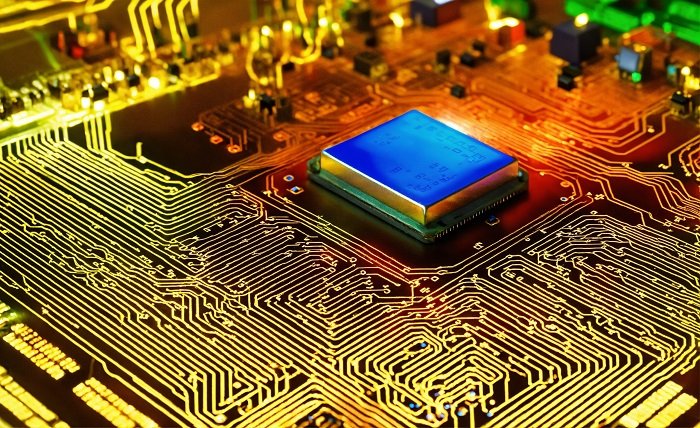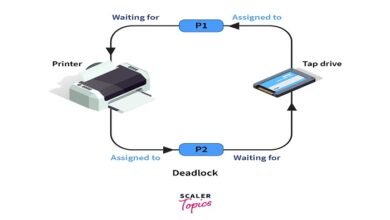Unveiling the Intricacies: Architecture of 8086 Microprocessor

Introduction:
The architecture of the 8086 microprocessor stands as a cornerstone in the evolution of computing technology. As the progenitor of the x86 architecture, its design laid the groundwork for the modern processors powering our digital world. In this article, we embark on a journey through the intricate structure and functionality of the 8086, unraveling its significance and enduring legacy.
Genesis of the 8086:
The genesis of the 8086 microprocessor traces back to the late 1970s, when Intel, under the stewardship of engineer Stephen Morse, embarked on a mission to create a more powerful and versatile chip than its predecessors. The result was the 8086, a 16-bit processor that revolutionized computing with its advanced architecture.
Core Components:
At the heart of the 8086 architecture lie its core components, including the arithmetic logic unit (ALU), control unit, registers, and instruction set. These elements work in tandem to execute instructions, perform calculations, and manage data flow within the processor.
Memory Management:
A pivotal aspect of the 8086 architecture is its memory management capabilities. Through segmentation and addressing modes, the processor can access up to 1 MB of memory, enabling it to handle complex tasks and process large volumes of data with efficiency and speed.
Instruction Set Architecture (ISA):
Central to the functionality of the 8086 is its instruction set architecture, which comprises a comprehensive repertoire of commands and operations. From arithmetic and logic instructions to control and data transfer operations, the ISA provides the framework for executing programs and performing computations.
Modes of Operation:
The 8086 microprocessor operates in different modes, each tailored to specific tasks and requirements. These modes, including real mode, protected mode, and virtual 8086 mode, offer varying levels of memory access, security, and compatibility with legacy software.
Bus Interface:
The bus interface of the 8086 facilitates communication between the processor and external devices, such as memory modules, input/output ports, and peripherals. With its robust bus architecture, the 8086 can efficiently transfer data between components, ensuring seamless operation in diverse computing environments.
Evolution and Legacy:
Over the years, the architecture of the 8086 has undergone significant evolution and refinement, leading to successive generations of x86 processors with enhanced performance and capabilities. Despite advances in technology, the legacy of the 8086 endures, shaping the landscape of modern computing.
Impact on Computing:
The architecture of the 8086 has had a profound impact on computing, influencing everything from software development and operating system design to hardware compatibility and industry standards. Its versatility and compatibility have made it a cornerstone of the digital revolution.
Future Prospects:
While newer architectures have emerged since the debut of the 8086, its foundational principles continue to inform the design of contemporary processors. As technology advances, the legacy of the 8086 remains relevant, serving as a testament to its enduring significance in the annals of computing history.
Challenges and Innovations:
As with any technology, the architecture of the 8086 has faced its share of challenges and obstacles. However, through innovation and adaptation, engineers and developers have continued to push the boundaries of what is possible, driving progress and innovation in the field of microprocessor design.
Conclusion:
In conclusion, the architecture of the 8086 microprocessor stands as a testament to the ingenuity and vision of its creators. From its humble beginnings to its enduring legacy, this pioneering chip has left an indelible mark on the world of computing, shaping the way we work, communicate, and interact with technology. As we look to the future, the lessons learned from the 8086 continue to guide us on our journey toward ever greater innovation and discovery.
FAQs:
1. What is the significance of the 8086 microprocessor?
The 8086 microprocessor is significant for its role in pioneering the x86 architecture, which remains the foundation of modern computing. Its design principles and instruction set have influenced generations of processors and software development.
2. How much memory can the 8086 access?
The 8086 microprocessor can access up to 1 MB of memory through its segmentation and addressing modes, enabling it to handle complex tasks and process large volumes of data.
3. What are the different modes of operation for the 8086?
The 8086 microprocessor operates in various modes, including real mode, protected mode, and virtual 8086 mode, each offering different levels of memory access, security, and compatibility with software.
4. What is the bus interface of the 8086 used for?
The bus interface of the 8086 facilitates communication between the processor and external devices, such as memory modules, input/output ports, and peripherals, enabling efficient data transfer and device interaction.
5. How has the architecture of the 8086 evolved over time?
Since its inception, the architecture of the 8086 has undergone significant evolution and refinement, leading to successive generations of x86 processors with enhanced performance, capabilities, and compatibility.




